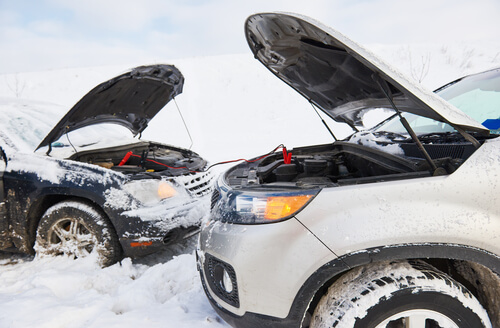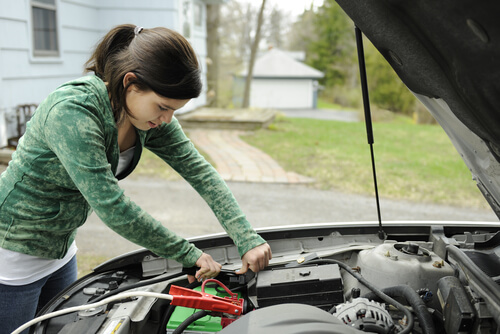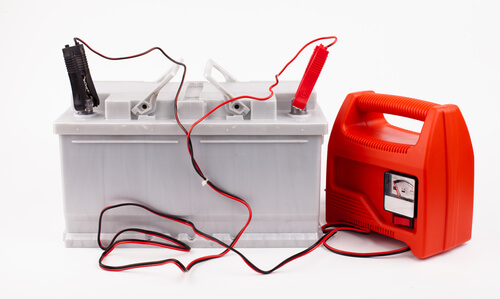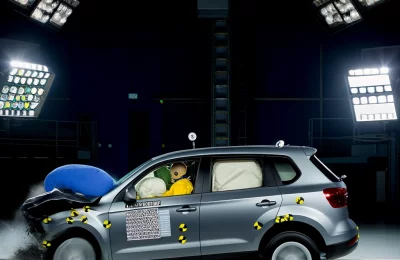
Reading Time: 4 minutes
Let’s be honest, there’s no “right” time for a break down! We all know that feeling. It usually happens on a cold, winter morning when we’re running late to drop the kids at school and get to work before the boss finds out… . You’re probably reading this post because this recently happened to you. Well, we’re here to help you ensure that you’re never caught off guard again. If you don’t want to tow your car, now’s the best time to learn how to do this.

Before you do anything, understand this warning: If your car won’t start, do not turn the key for extended periods of time. Trying to force the engine to turn over in cold weather for more than fifteen seconds will cause damage to the starter engine.
Why won’t my car start?
The most common reasons for a car that won’t start are usually electrical. It could be:
A damaged or broken ignition – Check if your headlights come on. If they do, your battery is charged and therefore, it is an ignition or starter problem. Jumping the starter engine using a charged battery should sort out the ignition or starter problem.
Starter engine problem – Locate the starter underneath the hood of your car. You should hear a clicking sound when you start the engine. If you don’t hear this, it could be a dead battery. If the starter doesn’t get enough electricity, you will hear clicking, however the engine will not crank. If you have a voltmeter in your toolbox, you can test this functionality.
Dead battery – The most common reason why a car won’t start, is because of a dead battery. It is also a great reason to keep a set of jumper cables in the car. Jump-start your car, and the alternator will recharge the battery while the car is running.
If you need to get to your destination urgently, and you’re weighing up your options, you might wonder “how long does it take to jump a car?” Well, it depends on the method you choose and the equipment you have available. It could take five minutes, an hour, or you may not get it working because the problem requires professional help.
If you often have issues with your car battery, it could be caused by corrosion that occurs around the battery terminals. Cleaning the corrosion should help, but it may also just be time to replace your car battery.
- Other reasons why your car won’t start include:
- Empty gas tank
- Time to replace the fuel filter, or
- No spark.
How to Jump a Car that Won’t Start

In order to jump a car, you need a set of jumper cables and another working car.
- Connect the red and black heavy duty cables to the battery terminals on each battery.
- Start the working car and let it idle for a short while, revving the engine ever so slightly for 30-60 seconds.
- Now, try to start the car that would not start earlier.
How to Jump a Car Without Another Car
If you don’t have another car around to help you start it, you can push start a car with a manual transmission.
- Push the car to the top of a hill. It would be easier to get people to help you.
- Depress the clutch completely.
- Go into second gear.
- Turn on the ignition (position 2), but do not start the engine.
- Let go of the brakes, but continue to depress the clutch.
- When the speed of the coasting or pushing reaches five miles per hour, release the clutch quickly.
The car should start at this point. You could repeat the clutch depression and release a few more times if it doesn’t work.
If you have an automatic car, this isn’t recommended as it can damage the brakes. But if you have no other option, you can try it on level ground.
How to jump a car without cables
Most of us end up buying a new battery when the old one fails. However, a jump box can save your pocket and your battery. Essentially, a jump box is a secondary battery pack that can help kick your car into action. Here’s how you can jump your car without cables using a jump box.

- Start by switching to Neutral or Park, and switch off the lights and radio.
- Attach the red jumper clip to the positive terminal on the battery and the black clip to the negative terminal.
- Try to kickstart the battery and let it run for about five minutes while the battery revives.
- Once the battery is fully recharged, you can disconnect the jumper cables.
- Now, start your vehicle.
- If the vehicle starts, you can detach the cables.
How to disconnect car battery
If you’re planning on removing your battery from the car to maintain or replace it, you will want to do it properly. For safety sake, always do this outside, and be sure to wear safety gloves and goggles. Remove any jewelry and work in a clean, dry space. Here’s how to disconnect your car battery correctly:
- Turn off the ignition.
- Open the hood
- Start by disconnecting the negative terminal by wrenching loose the nut that holds this terminal.
- Disconnect the positive battery terminal.
- Gently lift the battery from out of the tray.
You can now clean and service your battery. Be sure to remove any corrosion from the terminals.
Jump start by roadside assistance for free
If you have roadside assistance with your car insurer or your vehicle’s warranty or service plan, you might be entitled to free roadside assistance. Jumping cars is one of the most common call-outs roadside assistance teams encounter on a daily basis. Simply give them a call and wait until they arrive. This is the safest method if you don’t know much about cars.
Do you have any neat tips for jumping a car? Please feel free to share them in the comments below.



